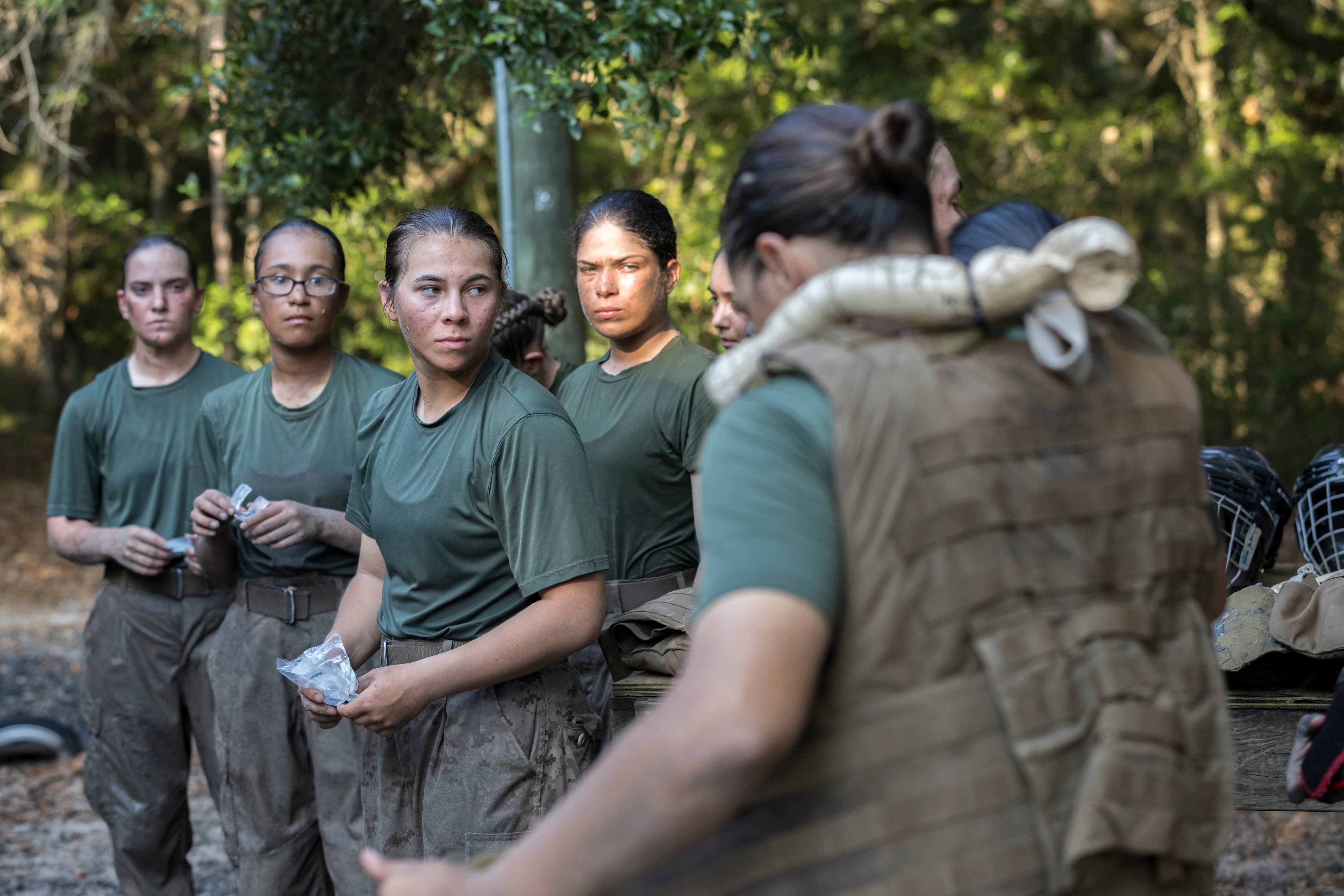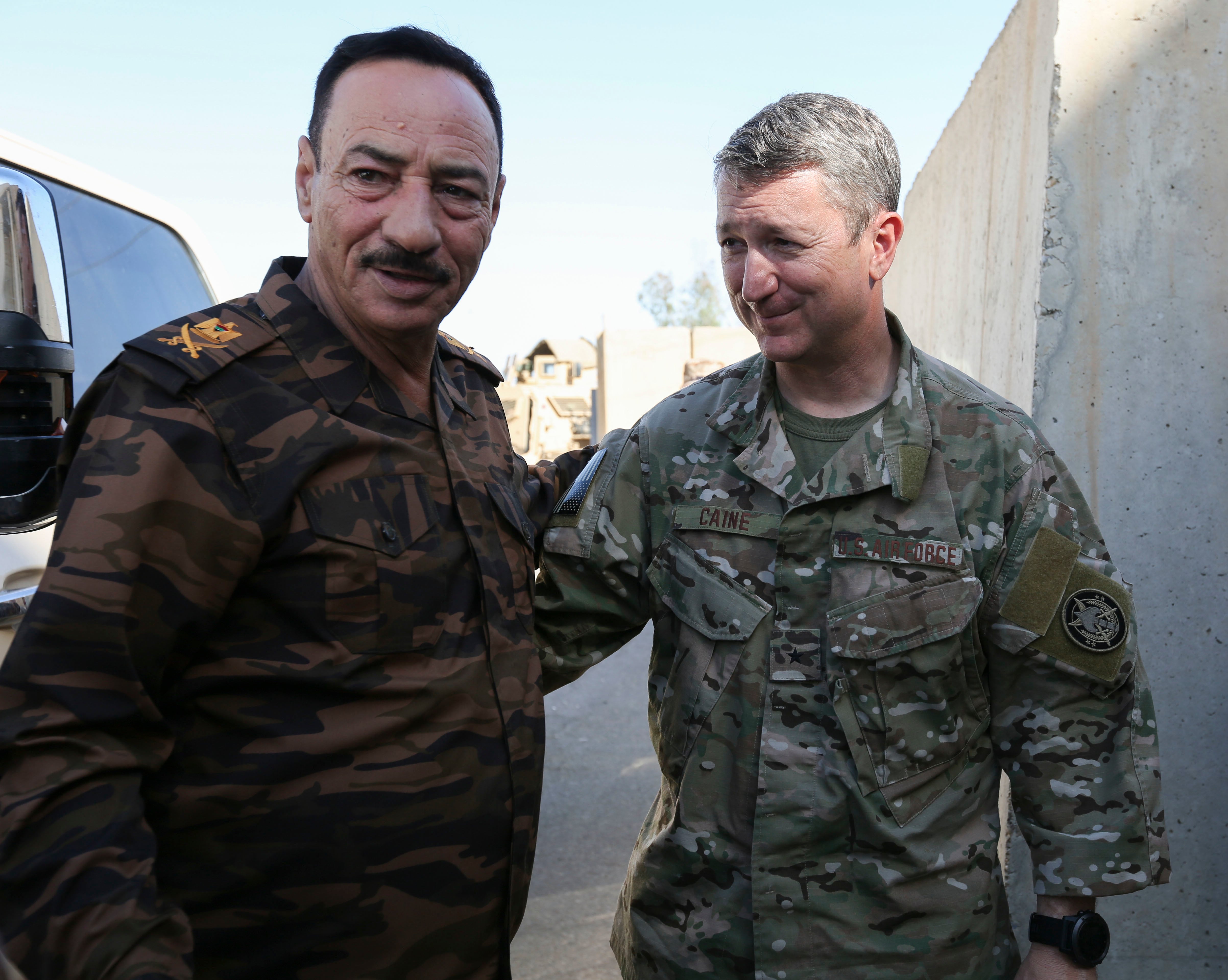For every battle in the Vietnam War, there were numerous small unit actions fought over active firebases, former firebases or any location where either side could set up an ambush.
One such confrontation was fought at an abandoned American fortification near the A Shau Valley called Firebase Maureen. Although minor in size, it was nonetheless major in ferocity — enough to produce two Medal of Honor recipients.
Born in Girard, Ohio, on Jan. 21, 1950, Kenneth David went from Boy Scout to Eagle Scout, a progression similar to what followed when he was drafted into the U.S. Army in August 1969. After training at Fort Campbell, Kentucky, and Fort Polk, Louisiana, he was assigned as an indirect fire crewman in D Company, 1st Battalion, 506th Regiment, 101st Airborne Division in January 1970.
His destination: the Republic of Vietnam.
On May 6, 1970, Pfc. David was serving as radio-telephone operator in a 20-man platoon from D Company tasked with reoccupying a small, abandoned fortification atop Hill 980 known as Firebase Maureen in support of Operation Texas Star, a sweep encompassing an area from Quang Tri to Thua Thien by the 101st Airborne Division and the Army of the Republic of Vietnam 1st Division.
Maureen, about 20 miles southwest of Hue and near the A Shau Valley, was known to be swarming with troops of the People’s Army of Vietnam (PAVN). Upon arrival, U.S. forces conducted a reconnaissance of the area and settled down for the night.
Reconnaissance, however, can go both ways. David later estimated 1,000 PAVN infantry and 300 sappers armed with satchel charges to have been roaming the territory when they moved to eliminate the intruders on Hill 980.
The first indication of enemy activity came in the early morning hours of May 7, when the platoon leader fell mortally wounded, followed by the first enemy assault. Troops took up positions and held back enemy forces, but many of them were already killed or wounded.
Back at the radio, David recalled, “I kept saying, ‘I got to get back to my boys. My boys, I gotta help them.’”
Passing the radio to the platoon sergeant, he grabbed his rifle, 28 magazines and as many grenades as he could carry and joined troops defending the perimeter.
Meanwhile, those wounded were being evacuated to available cover by an unusual medical corpsman.
Born in Mount Vernon, Illinois, on Sept. 23, 1949, Kenneth Kays claimed conscientious objector status when he was drafted, only to see his request denied. He fled to Canada, but when the military reversed its decision, he returned to enlist in the Medical Corps and was assigned to Headquarters and Headquarters Company, 1st Brigade, 101st Airborne.
Pfc. Kays never carried a weapon, but on this occasion, he found himself under intense fire behind a perimeter full of disabled troops. Ignoring the barrage of ordnance, he dragged a soldier to a position of relative safety, but as he went to retrieve another, an enemy explosive blew off his lower left leg. Applying a tourniquet, he continued crawling to and from the perimeter, saving the lives of three more wounded.
While Kays was engaged in aiding the wounded, his activity was being covered by David, who was darting around the perimeter, firing at every opponent he could see, shouting to attract enemy fire his way. Among the ordnance flung his way were a satchel charge and a rocket-propelled grenade, which sprayed his back with shrapnel and blew out his eardrums. At one point, Kays came up to evacuate him, but David insisted he was all right and resumed playing cockshy for the platoon while Kays crawled off to rescue another casualty.
As his ammunition ran low, David made frugal but effective use of his grenades, and he ran out to divert more enemy attention when medevac helicopters began to arrive. At that point, the PAVN, realizing American ground and air support was on the way, broke contact and withdrew into the brush.
Only when they ascertained that all the wounded they’d pulled from the perimeter were accounted for did David and Kays have their own injuries seen to.
The battle of Firebase Maureen cost D Company 100% casualties: six men killed and 14 wounded. Of the 28 magazines David had snatched up that morning, all but one was empty. To add some context to the intensity of this action, in the course of Operation Texas Star from April 1 to Sept. 5, 1970, the 101st Airborne Division suffered 386 killed, the ARVN 1st Division lost 370 and the Americans estimated PAVN dead at 1,782, with five taken prisoner.
David spent the next five months recovering in a Pennsylvania hospital. He was honorably discharged as a specialist 4, and among his many decorations were the Distinguished Service Cross and the Purple Heart with oak leaf cluster.
On Oct. 15, 1973, Kays stood before President Richard Nixon in the White House to receive the Medal of Honor. His mental health deteriorated, however, as he experienced post-traumatic stress disorder and drug addiction. On Nov. 25, 1991, Kays committed suicide at age 42. He is buried at the Maple Hill Cemetery in Fairfield, Illinois.
After retiring from his job in Youngstown, Ohio, David devoted himself to helping fellow Vietnam veterans, heading the Girard Chapter of Disabled American Veterans Post 3767. Recalling his experience of May 7, 1970, David explained: “I was not alone that day. I had superior help from the Lord above. From that day on my life changed. It’s not about me. It’s about helping the rest of my fellow veterans.”
On Jan. 3, 2025, President Joe Biden awarded seven service members Medals of Honor upgraded from lesser decorations, including David, who was the only vet among them who did not receive it posthumously.




